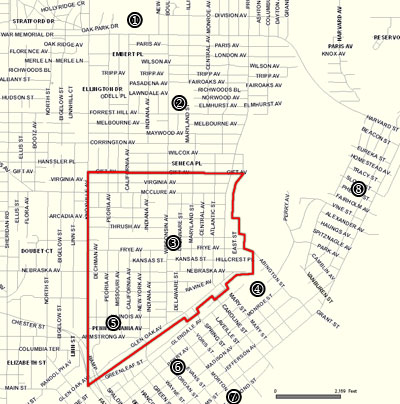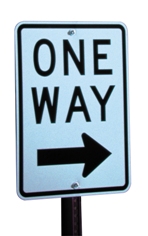 I meant to post this awhile ago and just never got around to it. One of the things the Heart of Peoria Commission is focusing on these days is fixing the streets. That doesn’t just mean filling potholes. It means making the streets more balanced thoroughfares — streets that comfortably accommodate not just cars, but also pedestrians, bicycles, and mass transit.
I meant to post this awhile ago and just never got around to it. One of the things the Heart of Peoria Commission is focusing on these days is fixing the streets. That doesn’t just mean filling potholes. It means making the streets more balanced thoroughfares — streets that comfortably accommodate not just cars, but also pedestrians, bicycles, and mass transit.
Downtown, there are a few street changes that the Commission would like to see and that the Heart of Peoria Plan advocates. In the Warehouse District, the Commission would like to see the Washington Street corridor improved by widening the sidewalks, allowing on-street parking, planting street trees, lowering the speed limit, and narrowing it from five lanes to three. IDOT put the kibosh on that plan, but there are efforts underway to change their mind. The Heart of Peoria Plan advocates changing Adams and Jefferson streets to allow two-way traffic again.
All of this talk about changing the streets downtown has led Caterpillar to publish their position, which can be summed up thus: status quo. They like things just the way they are, thank you very much. Here’s their full statement:
Caterpillar Inc. supports maintaining the existing traffic patterns on Adams, Jefferson, and Washington Streets in downtown Peoria (specifically one-way traffic on Adams and Jefferson, and two-way traffic on Washington).
We oppose any change that would reconfigure Adams Street or Jefferson Street for two-way traffic.
We oppose any change that would result in shifting heavy truck volume through downtown Peoria from Washington Street to other streets.
We believe that one-way traffic flow on Adams and Jefferson is smoother, less disruptive and consistent than would be the case if the streets were changed to two-way traffic. This is particularly true in front of our world headquarters on Adams Street. In order to properly host Caterpillar visitors, VIP vans, buses, and cars must be able to park conveniently and safely in front of our headquarters. Adams Street accommodates this activity effectively and safely in a multiple lane, one-way configuration.
Moreover, the image of Adams Street is a valuable component of the overall image conveyed by Caterpillar’s headquarters. We consistently receive positive comments from dealers, customers and visitors on the pleasant qualities of this area, and we attribute this ambience, in part, to the smooth, one-way traffic flow on Adams Street.
The current street routing in downtown Peoria, coupled with new and efficient links to Interstate 74, allows heavy trucks serving ADM and other industries to use Washington St. This pattern results in lower truck traffic volume on Adams and Jefferson through the most congested downtown areas.
The safety of Caterpillar employees is of the utmost importance. A key concern of our workers in downtown Peoria is pedestrian safety. In addition to our numerous buildings, Caterpillar employees occupy office space in many downtown office buildings and generate a large amount of pedestrian traffic during the typical business day. Changing streets from one-way to two-way
would create more vehicle/pedestrian conflicts at intersections. This would be especially true at the intersection of Adams Street and Main Street, which is traversed by hundreds of Caterpillar people daily. Although one of the busiest in downtown Peoria, it is easier to navigate because Adams Street is one-way. Our employees are familiar with the traffic patterns as they exist today
and know what to expect.Caterpillar operates several parking lots for employees in downtown Peoria. In some cases the entrances and exits to these lots are located to accommodate current traffic patterns. For example, the exit from our parking lot in the 200 block of Northeast Adams allows for safe discharge in one direction on Adams Street, avoiding the safety issues associated with a left turn onto a two-way street.
We believe that any revisions to the current traffic patterns on Adams, Jefferson, and Washington Streets in the downtown Peoria area would be detrimental to our employees and visitors.
For a company that touts fact-based or measurement-based decision making (Six Sigma), this statement sure is full of a lot of conjecture. Who would have thought that the “pleasant qualities of this area” could be attributed to one-way streets? Or that cars and vans cannot park conveniently or safely in front of a business unless the street is one-way?
I agree that we don’t want heavy truck traffic diverted from Washington to Adams/Jefferson. Preferably, the truck traffic would be diverted instead to the Bob Michel bridge for I-74 access, bypassing the most congested part of downtown altogether.
But the paragraph about worker safety is the one that really takes the cake for me. “Our employees are familiar with the traffic patterns as they exist today and know what to expect.” So, if we were to change Adams to two-way, Caterpillar is telling us that their management employees — most if not all of whom have advanced degrees — will become confused or disoriented by the change, resulting in pedestrian accidents and casualties? If so, maybe traffic patterns outside shouldn’t be their biggest concern right now. Personally, I believe Cat employees are sharp enough to be able to navigate the crosswalk with little difficulty were traffic to change to two-way. I guess I just have high expectations.
The Cat lot in the 200 block of NE Adams is on the southeast side of the street, which means that traffic out of that lot can continue unchanged simply by making it a right-turn only exit, were the street to ever change to two-way.
Suffice it to say, I don’t find Cat’s objections compelling. I’d like to see them have an open mind as Councilman Sandberg works with them and other stakeholders regarding the possibilities for these downtown corridors (Washington, Adams, and Jefferson) and how they can be improved.

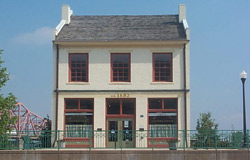 The city wants to see a private retail business
The city wants to see a private retail business  This week’s council agenda has a
This week’s council agenda has a  At the Peoria Park District’s Planning Committee meeting Tuesday night, they heard a report back on the possibility of establishing a dog park in Peoria. The idea is to fence in approximately five acres of Bradley Park (it was unclear from the picture shown at the meeting exactly what part of Bradley Park is being considered) as a dedicated place where dogs can run free and “socialize.”
At the Peoria Park District’s Planning Committee meeting Tuesday night, they heard a report back on the possibility of establishing a dog park in Peoria. The idea is to fence in approximately five acres of Bradley Park (it was unclear from the picture shown at the meeting exactly what part of Bradley Park is being considered) as a dedicated place where dogs can run free and “socialize.” Kudos to
Kudos to 
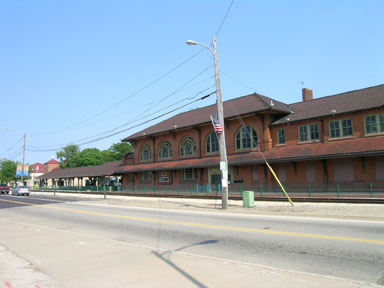
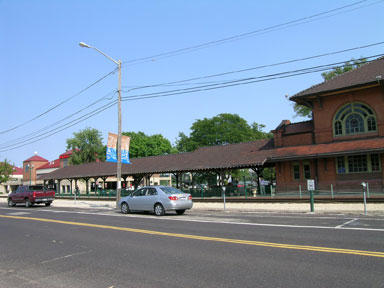
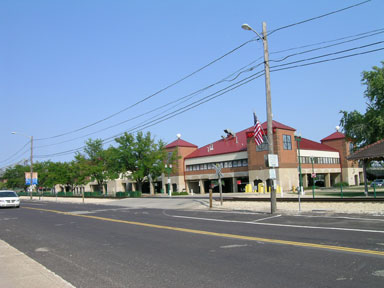
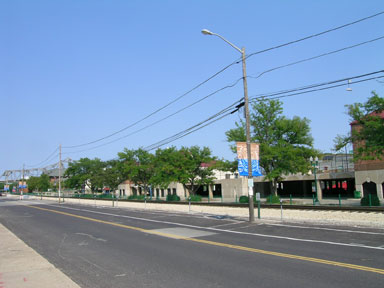
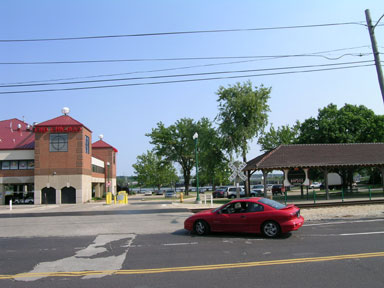
 The Peoria Park District Planning Committee today heard testimony from Mike Baietto, Superintendent of Parks, on why 21 district-owned landmarks should be preserved under the district’s new Historic Preservation Ordinance. More will be added over the next 30 days as park district staff work on including notable omissions (such as the Christopher Columbus statue in upper Bradley Park) and the public weighs in with other suggestions.
The Peoria Park District Planning Committee today heard testimony from Mike Baietto, Superintendent of Parks, on why 21 district-owned landmarks should be preserved under the district’s new Historic Preservation Ordinance. More will be added over the next 30 days as park district staff work on including notable omissions (such as the Christopher Columbus statue in upper Bradley Park) and the public weighs in with other suggestions.